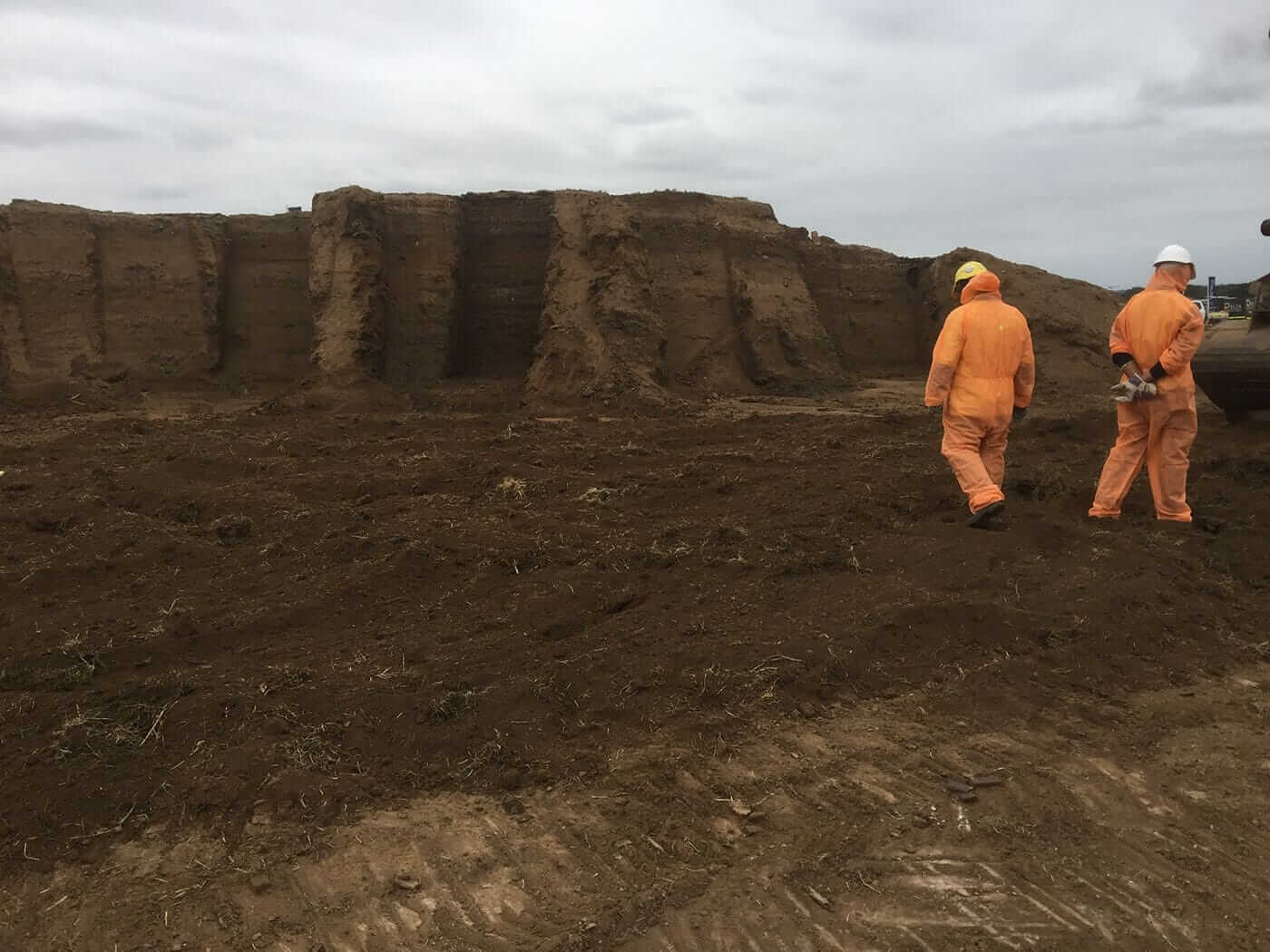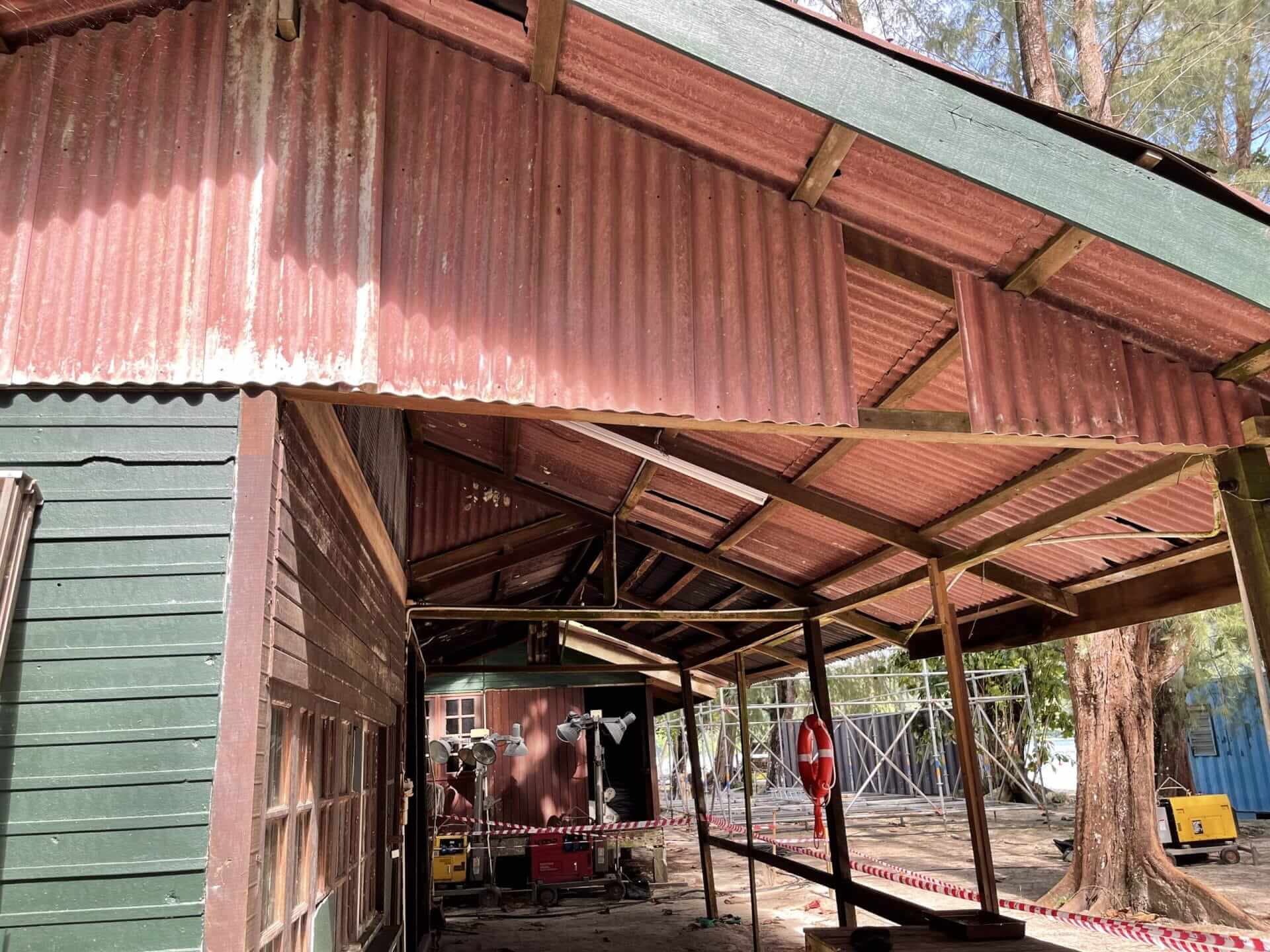
Asbestos Contaminated Soil – Inspection, Sampling, Testing & Assessment
At SESA we have an experienced team of occupational hygienists, licensed asbestos assessors and environmental consultants who are experts in the sampling, testing and assessment of asbestos in or on soil contamination and assist you in identifying a cost effective management strategy to reduce cost associated with the disposal of asbestos contaminated soil.
Would You Like to Know More
About Our Services?
Call us today on 02 9822 8406, email us , or use our online enquiry form
for further information about our services, to arrange an obligation-free
phone consultation or to discuss your requirements with us.
Asbestos in or On Soil Contamination
According to “Guidelines for the Assessment, Remediation and Management of Asbestos-Contaminated Sites in Western Australia – 2021” (WA Guidelines) asbestos soil contamination can be divided into three groups which include:
- Asbestos-containing material (ACM) – which is in sound condition, although possibly broken or fragmented, and the asbestos is bound in a matrix; for instance, asbestos fencing or vinyl tiles. This is restricted to material that cannot pass through a 7mm x 7mm sieve
- Fibrous asbestos (FA) – encompasses friable asbestos material, such as severely weathered ACM, and asbestos in the form of loose fibrous material such as insulation products. Friable asbestos is defined here as asbestos material that is in a degraded condition such that it can be broken or crumbled by hand pressure. Both ACM and FA can often be detected visually
- Asbestos fines (AF) – include free fibres of asbestos, small fibre bundles and also ACM fragments that pass through a 7mm x 7mm sieve. Both FA and AF have the potential to generate or be associated with free asbestos fibres, which can pose a considerable inhalation risk if made airborne.
Asbestos-Containing Material (ACM) in soil is the most common form of asbestos site contamination in Australia due to its historical widespread use as uncharacterised fill material for site landscaping, dumping of as debris on vacant or development sites, and inadequate removal and disposal of asbestos products during building demolitions. If identified before further dissemination or disturbance, the dumping and demolition usually only results in readily rectifiable surface contamination. Fibrous Asbestos (FA) and Asbestos Fines (AF) Sites are occasionally contaminated by asbestos fibrous material or free fibres, often as a result of mining, manufacture or distribution associated with asbestos products. Friable asbestos and very small fragments may arise respectively from severe weathering or damage associated with ACM contamination. According to SafeWork NSW, sites contaminated with asbestos become a workplace when work is carried out there. The WHS Regulation require that, where asbestos is identified as contaminating a workplace, a register and asbestos management plan be created for the site. The management and remediation of sites contaminated with asbestos from illegal dumping and demolition is a specialised task. In some instances, site remediation may entail removal of asbestos and ACM from the site; in other cases this may not be practicable, and other management strategies should be used. Engaging specialists who may include asbestos removalists is highly recommended for all but the most minor of non-friable contaminations.
The Assessment of Site Contamination National Environmental Protection Measure (NEPM) sets out the general principles for assessment and remediation of sites contaminated with a number of hazardous materials including asbestos. It is recommended that a person conducting a business or undertaking who has a workplace that is, or is suspected of being, contaminated with asbestos should engage specialists in accordance with the competencies found in the NEPM.


Contact Us




